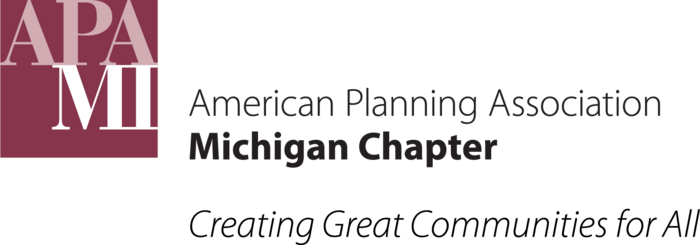Coastal Resilience Resources
Websites:
Michigan's Resilient Coast - The Michigan Coastal Management Program's webpage is a hub for the state's coastal resilience resources. It includes information on MCMP's Pathway to Resilience and Coastal Leadership Academy initiatives, in addition to links to data tools, the Resilient Coastal Communities Planning Guide and the Building Coastal Resilience webinar series.
Resilient Michigan - Developed by the Land Information Access Association (LIAA), a nonprofit community service and planning organization headquartered in Traverse City, Michigan, the mission of the Planning for Resilient Communities project is to foster and support community‐wide planning efforts that promote community resilience in the face of rapid economic changes and increasing climate variability.
Guides:
Resilient Coastal Communities Planning Guide - Developed by the Michigan Coastal Management Program, this guide provides guidance for Michigan’s coastal community decision-makers to improve resilience to hazards along Michigan’s Great Lakes coast. Long-term planning and zoning are proactive ways to enhance preparedness for the impacts of coastal hazards and account for the variability of the Great Lakes water levels, coastal storms, and changes to our system associated with a changing climate.
Planning for Community Resilience in Michigan: A Comprehensive Handbook - This handbook, developed by LIAA, Beckett Raeder and MAP, is intended to be used as a reference tool by land use policy and planning practitioners in local efforts to bring about greater resilience in their community.
Planning for Resiliency in Northwest Michigan's Dunes - This Networks Northwest report highlights local land use policy impacts on coastal resiliency, and identifies planning and zoning techniques and relevant case studies that local government can consider when working to protect coastal lands while continuing to allow for their use and development. In recognition of the unique hazards found in dune areas, the guidebook focuses on dunes and other high-risk erosion areas.
Videos:
Building Coastal Resilience Video Series - Michigan Coastal Management Program
2023-2024 Coastal Resilience Webinar Series - Michigan Association of Planning, with funding from the Michigan Coastal Management Program:
|
|
|
|
|
|
|
September 21, 2023 |
November 14, 2023 |
December 9, 2023 |
January 18, 2024 |
February 20, 2024 |
2022 Coastal Leadership Academy Summit:

